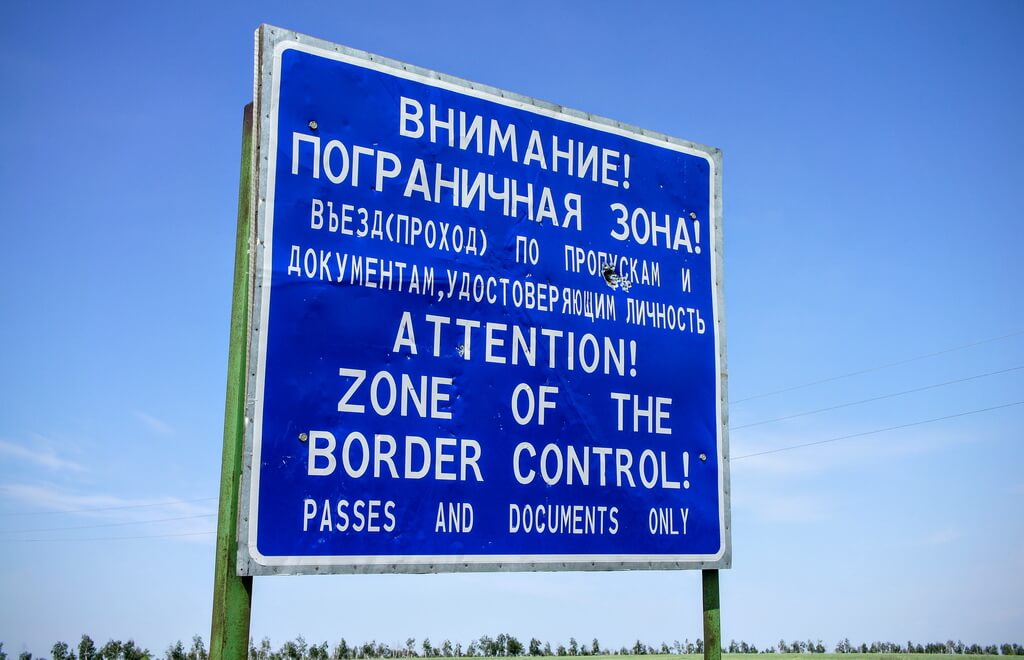While Russia is very far from practising control over foreigners on its territory the way it had been used during the Soviet times, there are anyway some restrictions on activities in areas close to state frontiers. Many visitors to the country are not aware of the rules, this causes incidents and may result into deportation or at least spoiled vacation. Though, it may be of interest if you a detective writer or just an adventure seeker. But if even you are knowing the rules will hardly be an unnecessary asset.
What To Know Before Nearing The Russian Border
Regarding your stay in St. Petersburg, you may relax as the city is not in a border zone, if not take into consideration Pulkovo airport and sea ports and terminals. But the rules listed below don’t apply there. They do apply in the Leningrad region, the area surrounding St. Petersburg. If you are going to visit it, then you’d better be informed on the risks involved. The same right if you are travelling around the Pskov region, the Karelia Republic or any other border region of Russia.
When in particular you should be very cautious? In case, you are going to enter a hundred-meter land strip before the border line. So, consult a map before starting to seek adventures in forests around towns of Vyborg or Pskov.
Are visits to Pskov or Vyborg (not areas around them) potentially linked with the risks of violating the border zones behaviour rules? No, as the towns, and most other towns too, are rather far from the border lines.
Please, keep also in mind, that there are two towns in the Leningrad regions which are prohibited to visit without a special permission:
— Ivangorod near the Russia — Estonia border;
— Sosnovy Bor.
How should you know that you are in the «dangerous» area? You will see a sign like this one:
Photo credit: wikimedia.org
Excerpts From The Regulatory Rules For Behaviour In Border Zones
Entry (passage) of citizens of the Russian Federation, foreign citizens and people without citizenship into the border zone is permitted at places of entry (passage) into the border zone located on the transport routes and designated by special warning signs.
In the border zone, it is prohibited:
a) to be on a hundred-meter land strip:
— adjacent to the state border on land (except for the area of settlements adjacent to the state border) — 24 hours a day;
— adjacent to the Russian shores of border rivers, lakes, and other waterways within which the border regime is established – at nightfall (from sunset to sunrise);
b) to take photos and videos of border guards, border signs, engineering structures, and other border facilities (including using ultralight aircraft, unmanned aerial vehicles, and non-motorized aircraft) without the permission of the head of the border authority;
c) to talk to people located on the territory of a neighboring state, receive or give them any items or signals;
d) to fire any type of weapon in the direction of the neighboring state’s area;
e) to damage and (or) destroy installed warning signs, engineering structures, communication lines, equipment and weapons, and other facilities of border authorities, as well as perform any actions against them;
f) to deviate from the established routes in the border zone – for citizens of the Russian Federation staying in the border zone for the purpose of tourism, as well as for citizens in transit through the border zone when leaving the Russian Federation or entering the Russian Federation.
The list of documents required for entry (passage) to such areas is defined. For example, to visit a relative in the border area, you must provide proof of close relationship with a person possessing or using land or residential property other than the place of residence, and the document (or its copy) confirming the citizen’s possession or use of the land or residential property.
